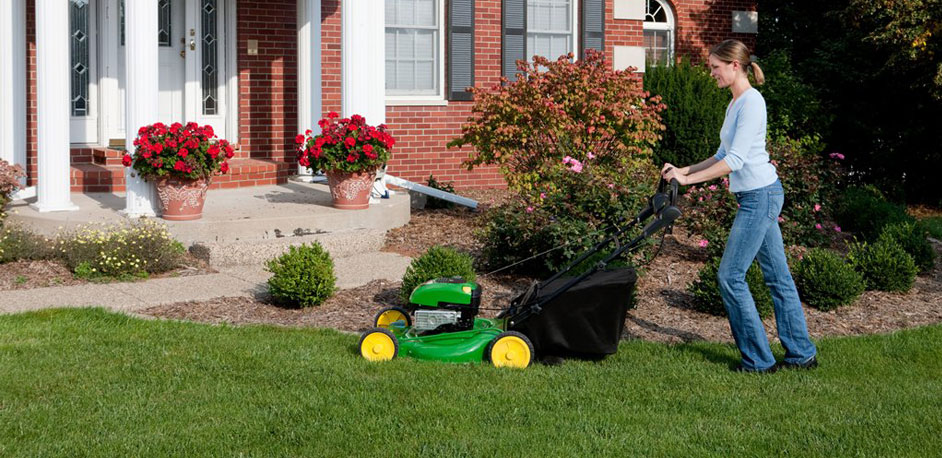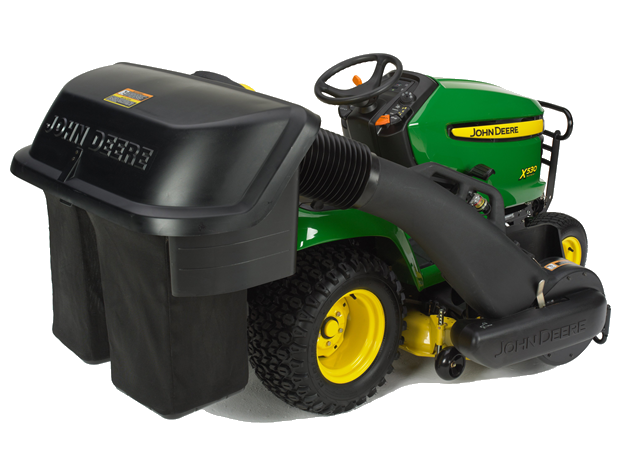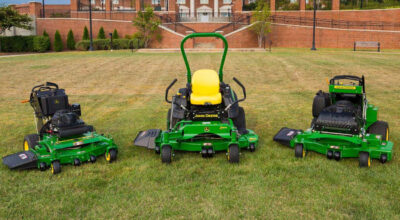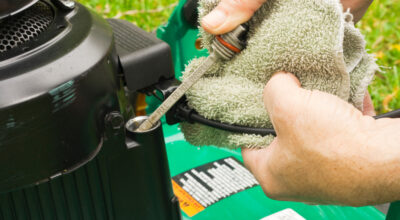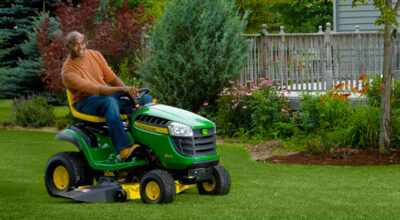A well-maintained lawn mower is an essential tool for a healthy, well-groomed lawn. Whether you prefer to operate a riding mower or a use walk-behind mower, the appearance of your lawn is affected by the condition of your mower. To keep your mower performing to the best of its ability, we’ve compiled the following 8 lawn mower maintenance tips:
1. Replace Spark Plugs: We recommend replacing spark plugs at the end of every season, before your mower goes into storage. By replacing spark plugs approximately every 100 hours, you increase your mower’s start-up speed and improve how smoothly it runs. When you replace your mower’s spark plugs, make sure they are the correct parts from the manufacturer; the wrong parts can be detrimental to your engine.
2. Change the Oil: At the start of every season, you should change your oil, even if you don’t think it needs it. As you mow, debris from the yard can get caught in the oil and a buildup of this debris can ruin your mower’s engine. Consult the user’s manual for instructions on how to change the oil, what type of oil to use, and the amount needed.
3. Install a New Air Filter: The air filter protects your engine from dirt, grass, and other impurities. Over the course of the mowing season, your air filter collects considerable dust and should be changed every 100 hours in order to keep it functioning properly. If your mower came equipped with an air filter, you will need to clean it by hand and let it dry completely before re-installing it. An overly dirty air filter will be less successful in keeping debris out of the engine.
4. Sharpen Blades: A sharp blade is essential in keeping a trim and healthy lawn. Before the first grass cutting of the season, your mower blades should either be replaced or sharpened to ensure a clean and swift cut. A dull blade tears at the grass, which leaves the lawn more susceptible to disease and browning. Sharpening a dull blade can be done with a metal file, a sharpening stone, or a motorized grinder.
5. Add Fuel Stabilizer: Ever had trouble starting your lawn mower? Difficulty in starting is typically a result of bad fuel that has either been sitting in a can for multiple weeks or has more than 10% ethanol. To counteract the effects of bad fuel, we recommend adding a fuel stabilizer to keep fuel combustibility levels high enough to get it burning on the first start.
6. Examine Bagger Attachment: If the bagger attachment on your mower has holes, tears, or damage, it puts your safety at risk. A damaged bagger makes for unsafe operating conditions because rocks and other yard debris can fly out of the bag and hit the operator, so be sure to check your bagger attachment prior to mowing.
7. Inspect Belt Condition: The belts in a mower typically drive transmission and control the pulley system and torque. If you begin to notice inconsistent movements, this could be a sign that the belts are worn down or damaged. You can check the state of the belts by removing the belt guard and looking for worn spots, tears, and damage. When it’s time to replace the belts of your mower, make sure they are from the manufacturer to guarantee a proper fit.
8. Clean Out Discharge Chute: A clogged discharge chute is a safety hazard that can be easily prevented by checking the chute prior to use. If you’re operating a mower that uses a chute rather than a bagger, make sure there is nothing blocking the tunnel or opening of the chute that would cause a buildup of debris.
The inside of your lawn mower is an intricate assembly of parts, fluids, and mechanisms that work to power the machine. When one of the parts isn’t performing to its full potential, the overall performance of your mower will suffer. To prevent a breakdown in mower performance, we recommend implementing these lawn mower maintenance tips into your lawn care routine.
If you enjoyed this post read more like it on our Facebook page!
Photos courtesy of Deere.com
